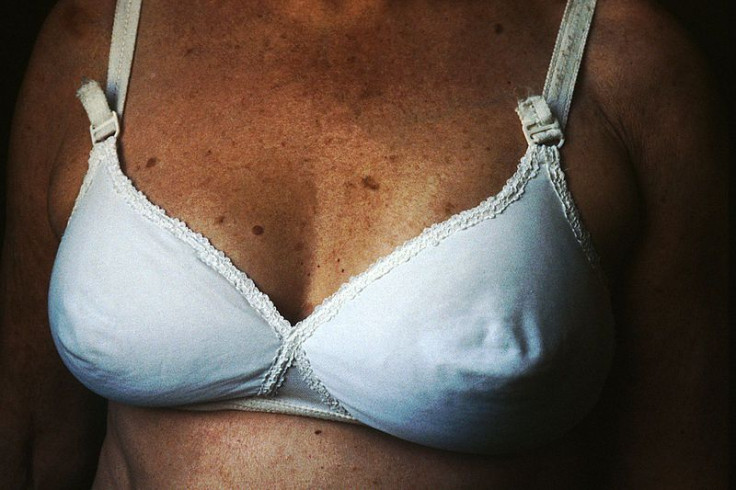Breast Cancer Survivor, Emily Helck, Documents Year Of Chemo Treatment In Inspiring 1-Minute Time-Lapse Video [VIDEO]

Just one month after undergoing a double mastectomy, Emily Helck began chemotherapy treatment for her breast cancer in Sept. 2012. Over the year that she received treatment, she documented her physical changes in a series of photographs that she made into a time-lapse video.
"I'd had a double mastectomy a month before, and hadn't documented anything. I felt like I lost something by not having visual reminders of that process,” Helck told Yahoo! News. “I can't remember what it looked like when the surgeon removed my bandages for the first time ― in my memory, I'm watching myself from across the room. So with chemo, I wanted to make sure that didn't happen," she added. "It started out just being about the hair loss and re-growth, but my body continued to change drastically too. I kind of wear my heart on my sleeve, so what's going on emotionally is visible on my face. It became about how the process of cancer treatment affected my entire life."
A mastectomy is a surgery that removes all of the breast tissue from the breast in order to prevent or treat breast cancer. For people in the earliest stages of breast cancer, mastectomy is often suggested as an option. Since mastectomies remove the entire breast, some women opt to have a lumpectomy instead. Lumpectomies only take out the cancerous cells from the breast without removing the whole thing. Women who opt for mastectomies usually do so because they believe it decreases their chances of the cancer returning and spreading.
In Helck’s case, she had to undergo chemotherapy even after having both breasts removed. Chemotherapy is a drug treatment that kills fast-growing cells in one’s body — which usually means cancer cells. Chemotherapy, though proven effective, can have some pretty harsh physical side effects. These include hair loss, bruising, weight loss, and mouth sores.
Helck, 29, wanted to document her physical changes in a way that could inspire others who are embarking on the same journey.
"A big part of the power that this disease has is that it makes people afraid,” she said. "For me, the unknown is almost always worse than the reality. My hope is that by showing what it looks like to go through treatment, I can shine a light on a little bit of that unknown."
October is Breast Cancer Awareness Month. For details on how you can contribute your time and/or resources to finding a cure, visit the Susan G. Komen Breast Cancer Foundation.
Published by Medicaldaily.com



























